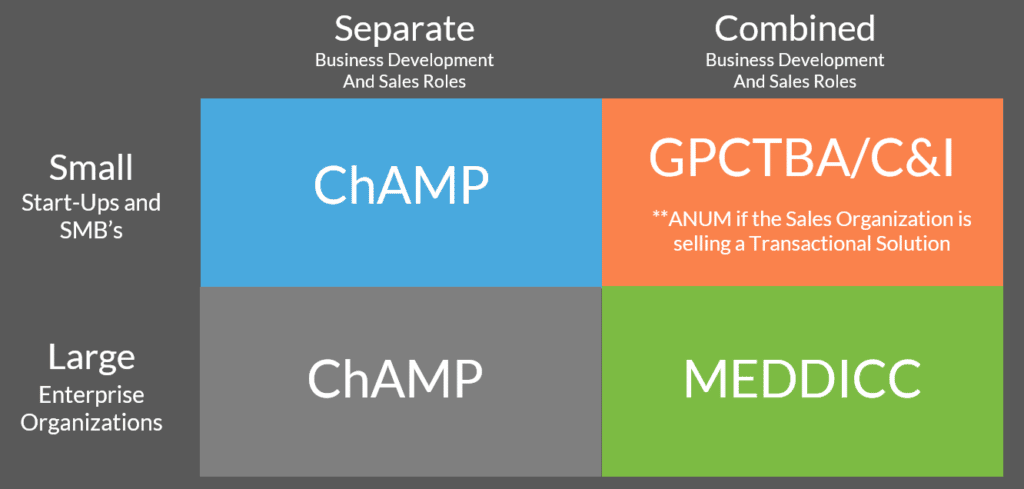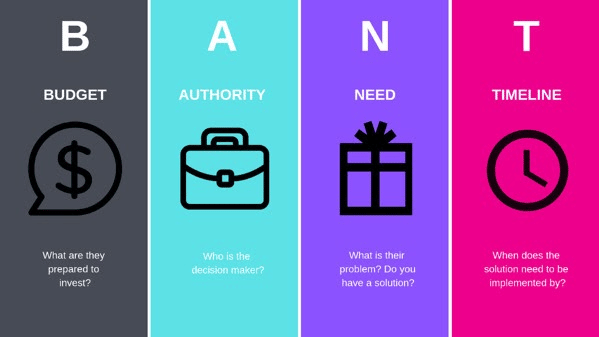Several reports and studies confirm that organizations tend to work more effectively and productively under partnerships.
A strategic alliance can take your company to new heights and open doors to several incredible opportunities.
Remember, your business would benefit from access to more resources, higher market reach, and increased customer loyalty under a partnership.
Partnerships also make it easier to block competitors and enjoy high revenue streams. It is unarguably a win-win situation for both companies, and all it takes is a compelling partnership proposal.
Writing Partnership Proposals
Formulating and legitimizing partnership proposals is necessary.
Partnership proposals clarify all management duties, establish a decision-making process, reduce money-related disputes, and clear out rights beforehand.
It also sets an exit plan, controls ownership through an entry plan, and avoids the state’s default rule on partnerships.
However, the issue arises with the reply rate of these partnership proposals.
There’s no doubt that constructing these proposals is time-consuming and frustrating.
And what could be worse is having a meager response rate. But that doesn’t have to be the case with you.
Utilize the following strategies for considerably increasing reply rates for your partnership proposals.
1. Market using Data
You’d be surprised to find how effective data-driven marketing can be for your company.
If you want to partner up with another firm, you need to up your brand image and make yourself visible.
Effective marketing and data ensure the decisions you make are winnable. These include status, solution fit, requirement fit, and incumbency. For this purpose, lead generation is the most promising marketing strategy you could adopt to increase your response rate.
The best way to improve lead generation is through link building – for this, consider consistent link building and enjoy tremendous growth in traction.
Effective marketing strategies can be an excellent tactic to increase your win rates. It showcases your authenticity, eligibility, effectiveness, efficiency, and resourcefulness to other companies.
It also shows all you have to offer other businesses— link offerings to enhance both brands, goal alignment, turnkey solutions, and transparency.

2. Plan
Planning is essential in every business process, and sending out partnership proposals is no different. If you want to experience high response rates, your planning and strategy must be top-notch.
However, it is also crucial not to plan in haste. Layout all possible solutions, think through your options and decisions and then implement them. Remember winging it will not be beneficial with a Response for Proposal (RFP).
Before jumping to conclusions, you must evaluate your prospect, competition, and internal resources. And to attain a better RFP, include prospect calls, key stakeholder roundup, and competitive research.
Prospect calls clarify all confusions and misinterpretations of the RFP. It ensures that the prospect company entirely understands the proposal and uncovers any nuances about stakeholders that may be unclear or not mentioned in the RFP.
The stakeholder roundup involves gathering all critical proposal team members, sales team members, subject matter experts, and security team members.
The purpose is to constitute a well-strategized proposal that will surely attract the company into consideration.
It would be beneficial to carry out thorough competitive research and include it in your proposal to make it more compelling.
Show the proposed company that you understand the strengths and weaknesses of your rivals and how you both companies can beat the competition together.

3. Write a persuasive proposal
Your company is as good as you can make it seem. So, when it comes to partnership proposals, you must ensure that your technique, tone, and structure are top-grade.
However, don’t indulge in false or incorrect claims about your business. That would be unethical and could even lead to severe repercussions if caught.
You should try and identify the prospect company’s pain points. Dig deeper into the problems it faces and the potential factors that might drive them to look for solutions now.
Also, you must realize that your prospect company might not even know the answer they require until you show them.
So, utilize your resources as efficiently as possible and craft a compelling story that becomes apparent to your prospect that only you can help them figure out a solution.
A pro tip is to try to put yourself in your prospect’s shoes and understand what they need the most and the factors that might trigger their interest.
You must figure out your prospect’s goals and objectives, who they are currently working with, and who they have worked with before.
Once you have understood your prospect’s context, move on to drafting the proposal.
Remember to focus on what your candidate wants to buy and not on what you want to sell. If you get this wrong, it could doom your response.
Carry out a thorough RFP analysis and thoughtful research to get a clear picture of how to attract your client best.

4. Ask the right questions
Creating a proposal requires sufficient investment, time, and effort. But if the client isn’t suitable for your requirements, is it worth wasting your time on them?
Therefore, it would be better to figure out the clients’ need, your needs, and what the client can offer to your company rather than sending proposals over proposals.
Consider adopting the BANT sales qualification strategy, i.e., ask yourself these questions:
- Budget: How much budget is the client willing to allocate? Is it sufficient for your need?
- Authority: Who is the ultimate decision-maker?
- Need: Can you solve the problem of the prospect? What is the prospect looking for in the proposal?
- Timing: How long will the prospect require to decide? How soon do you need an answer?
BANT is an easy framework to implement and has proven a highly beneficial lead qualification process for several companies undergoing partnerships.
Other than BANT, you can also look into FAINT: Funds, Authority, Interest, Need, and Timing.

FAINT enables and helps businesses decide when to take the right action based on their ability to purchase.
ANUM: Authority, Need, Urgency, and Money works similarly to BANT and helps identify decision-makers and solve problems for prospects.
CHAMP: Changes/Challenges, Authority, Money, Prioritization, and MEDDIC: Metrics, Economic Buyer/Consumer, Decision Criteria, Decision Procedure, Identify Pain, and Champion – are two more options.
Both CHAMP and MEDDIC can help overcome changes and enhance forecasting.

5. Determine your issue
If you are sending proposals after proposals, the chances are that you are doing something wrong.
Suppose your proposals are constantly noncompliant, or you are reaching out to companies that are not the right fit.
In that case, it could substantially affect your win rates. Similarly, suppose you feel overworked and unable to complete requirements in due time. In that case, you might fail to achieve your desired response rate.
The trick here is to determine the challenges.
Before sending out partnership proposals, thoroughly evaluate your company’s performance and productivity and determine where it is lacking.
Once you understand your issue, you will be able to formulate proposals far more effectively and increase your win rates considerably.
Some helpful questions to address are:
- Have you won a similar RFP before? If yes, you can use your older RFP to structure questions and responses similarly.
- What are the engagement levels? Does your RFP encourage engagement with the prospect? How decent is your engagement with your client?
- What is the source of RFP? If it is an existing prospect, the chances of winning are higher.
- Does the language reveal biases? You must carefully review your proposal’s language, tone, and structure and ensure there are no biases or favoritism.
- How much time do you have? What is the urgency of your proposal, and whether the time is cooperating with you or not?
6. Automate
Automation has been a game-changer for nearly all industries and businesses. Similarly, automation of the RFP process can be highly beneficial.
As mentioned previously, RFP is not a simple framework. It is time-consuming and can become overwhelming.
Moreover, it involves arduous, menial work that can tire out and decrease a team’s confidence.
A practical solution to these problems would be to automate whatever you can in the RFP process.
Several proposal management tools can help you with your proposal tasks, such as writing, extracting, sorting information, and even getting paid within seconds.
RFP automation saves time, increases productivity, and ensures consistency. It helps make data-driven decisions, integrate them into the existing tech stack, and manage content and projects.
The data gathered through automation allows businesses to calculate RFP ROI.
Furthermore, automation leads to intuitive workflow, in-depth analytics, and secure access options. It also helps pick a user-friendly layout, easy file collation, and decreases overhead expenses.

7. Designate a proposal curator and leader
It would be best to appoint an individual solely to look after and cater to all partnership proposal-related needs and requirements.
An entire team handling a single proposal will lead to wastage of resources and time.
It would be better if other members focused on other activities while designated individuals took care of the recommendations.
These individuals would be responsible for building relationships with clients and prospects. They must stay in contact with them regularly and offer help and advice whenever the client needs it.
They also need to look after driving user adoption and all vital functions associated with RFP, such as knowledge management. The de-facto leader must also ensure sufficient sales and a streamlined user experience.
Wrapping up
Partnership proposals play an integral role in deciding your company’s future. They give the first impression of your business and can become the sole decision-making factor for the prospect.
Therefore, it is necessary to draft a well-planned, well-strategized, and perfectly worded draft that can instantly grab the client’s attention and qualify leads.
Hence, tone your proposal correctly, use a compelling partnership proposal template, and make yourself look good.
But most importantly, address the needs of your prospect before pinning down your demands.
Remember, to increase your win rates, you must show your client the benefits they will experience by partnering up with you.
If you need a proposal software to get you started, you can sign up to Prospero for free.





